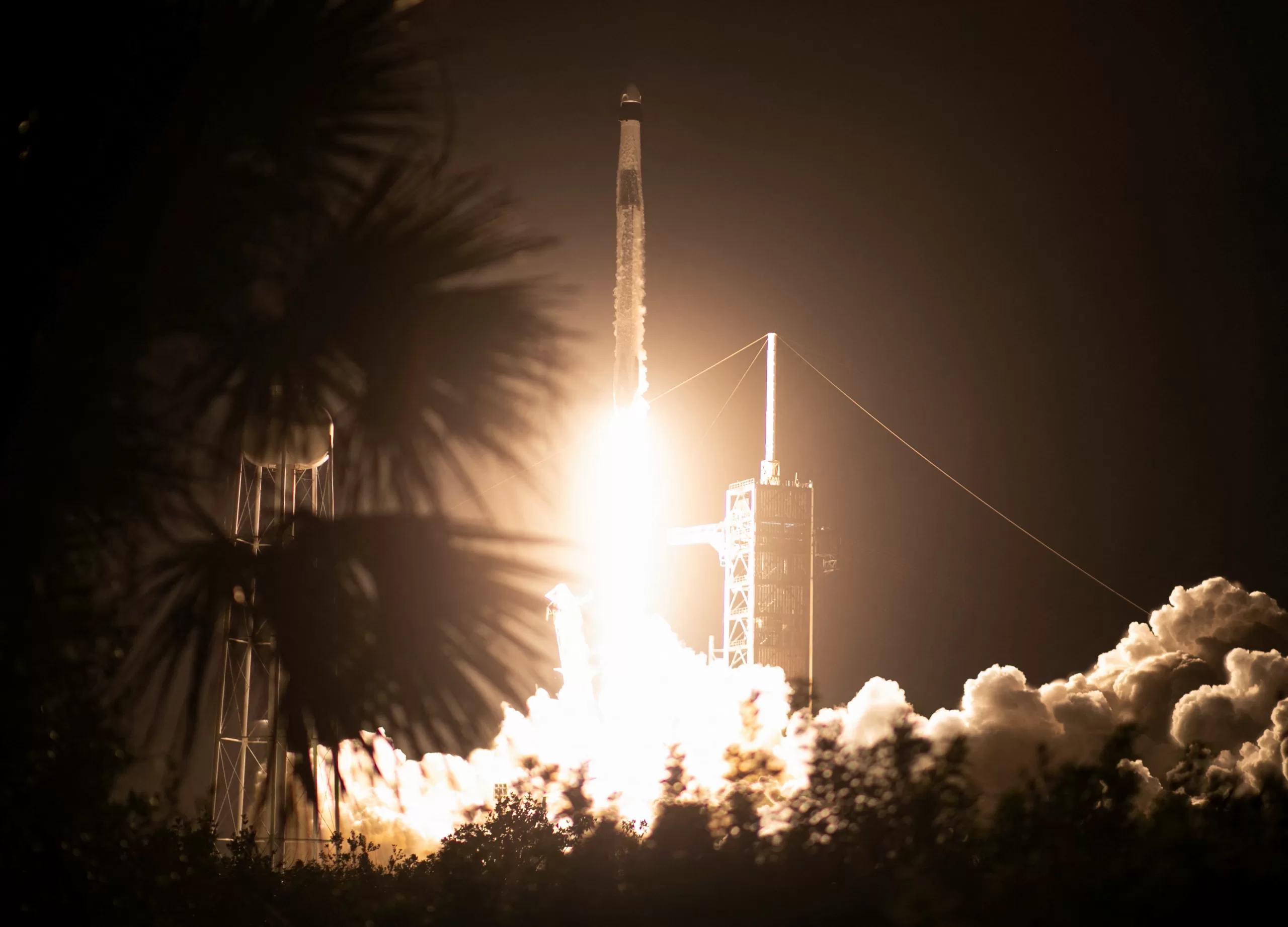SpaceX launches billionaire’s private crew on milestone spacewalk mission | Reuters
Four astronauts aboard a SpaceX Crew Dragon blasted into space early on Tuesday, September 10, 2024, marking the start of the highly anticipated Polaris Dawn mission. This mission aims to push the boundaries of private space exploration with a five-day journey that will feature the first-ever private spacewalk. The crew consists of Jared Isaacman, the billionaire funding the mission, along with a retired fighter pilot and two SpaceX employees. They lifted off from NASA’s Kennedy Space Center at 5:23 a.m. EST.
Just nine and a half minutes after launch, the Crew Dragon capsule entered orbit, with onboard cameras capturing breathtaking views of Earth from space. The Falcon 9 rocket that carried the capsule safely landed on a platform in the Atlantic Ocean, signaling another successful launch for SpaceX. The mission marks a significant milestone, being the farthest any humans have traveled from Earth since the Apollo moon landings in 1972.
The private crew will conduct a variety of scientific experiments during their journey, primarily focusing on the effects of cosmic radiation and space vacuum on the human body. But the highlight of the mission will be the spacewalk, set to take place on the third day. This momentous event will occur at an altitude of 700 km, much higher than the usual spacewalks conducted by government astronauts on the International Space Station (ISS).
In preparation for the spacewalk, the entire Crew Dragon cabin will be depressurized, as the capsule lacks an airlock. The two astronauts exiting the spacecraft will rely solely on SpaceX’s newly designed spacesuits, which will provide them with the necessary oxygen while tethered to the spacecraft. Jared Isaacman and mission specialist Sarah Gillis will take on this daring task, while the other two crew members, Scott Poteet and Anna Menon, will remain inside the spacecraft.
This mission is not only historic but also risky. It is the fifth private flight for SpaceX’s Crew Dragon, but it aims to push the envelope of private space exploration. The crew’s planned oval-shaped orbit will take them as close as 190 kilometers from Earth and as far as 1,400 kilometers into space, offering a unique vantage point and valuable data for future missions.
The Polaris Dawn mission is part of a larger program spearheaded by Isaacman, who also financed the Inspiration4 mission in 2021. His Polaris program has ambitious goals, including another Crew Dragon flight and a future mission aboard SpaceX’s Starship, which is being developed as a next-generation vehicle for missions to the Moon and Mars.
The mission is also contributing to crucial scientific research that could inform long-duration space travel. By studying the impact of space radiation and the vacuum of space on the human body, the Polaris Dawn crew will provide insights that could prove invaluable for future missions to deeper space.
This mission is a continuation of SpaceX’s efforts to pave the way for private space exploration, following the success of previous private missions like Inspiration4 and the collaborations with Axiom Space. However, competition is heating up in the commercial space sector, as Boeing continues to develop its own spacecraft, Starliner, to rival SpaceX’s Crew Dragon. Despite Boeing’s efforts, its most recent NASA test mission faced technical issues, leaving astronauts on the ISS due to propulsion problems.
The Polaris Dawn mission represents a new chapter in space exploration, with private individuals now taking on challenges that were once the exclusive domain of government astronauts. The outcome of this mission will likely have lasting implications for the future of space travel, as companies like SpaceX continue to innovate and push boundaries.
#SpaceX #PolarisDawn #PrivateSpacewalk #SpaceExploration #JaredIsaacman
